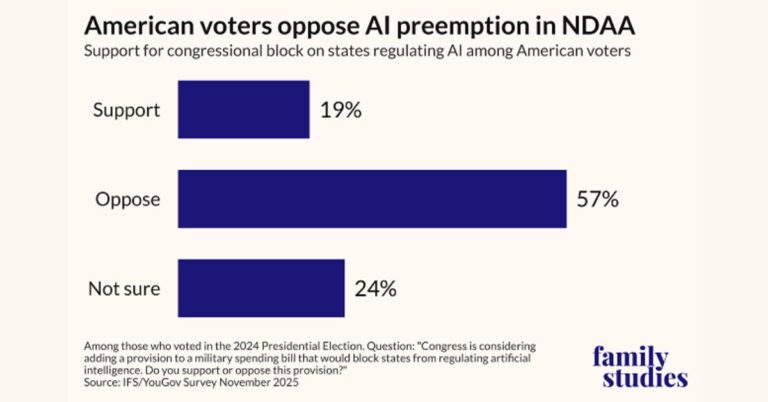AT&T launches IoT Marketplace to simplify buying, selling, and scaling
The new AT&T IoT Marketplace turns complex IoT procurement and lifecycle management into a catalog-driven digital experience that aims to speed revenue and reduce operational friction for enterprises and partners.
What AT&T and Ericsson launched
AT&T, working with Ericsson, introduced a digital eCommerce platform that unifies how IoT services are discovered, configured, contracted, provisioned, and billed. The Marketplace centers on a comprehensive product catalog and order management system with standards-based integration and exposure through TM Forum Open APIs. It targets industries where multi-vendor IoT stacks are common—transportation, manufacturing, and healthcare—by curating devices, connectivity, and applications into consumable offers.
Why the IoT Marketplace matters
Most IoT programs struggle with fragmented catalogs, custom integrations, inconsistent order flows, and user experiences that slow adoption and expansion. By bringing these steps into a single, cloud-based process, AT&T is attacking order-to-cash delays, partner onboarding friction, and the long tail of device and software combinations. AT&T reports it has cut the time it takes to order certain fleet management services from hours to minutes, an indicator of the step-change in operational efficiency the Marketplace is designed to deliver, especially for small and mid-sized businesses that need guided, self-service buying.
Cloud-native, catalog-first IoT architecture on Azure integrated with AT&T systems
The platform is built on Ericsson’s cloud software, runs on Microsoft Azure, and is engineered to expose standardized APIs across digital touchpoints.
Cloud-native IoT stack on Microsoft Azure
The Marketplace is powered by Ericsson’s Digital Experience Platform alongside its Catalogue Manager and Order Care components. A microservices architecture on Microsoft Azure underpins elastic scalability, modular deployments, and continuous updates, while supporting secure, identity-aware interactions across web, partner, and assisted channels. This approach is designed to enable rapid onboarding of new products, pricing plans, promotions, and bundles without destabilizing core systems, and to provide consistent behavior from discovery through fulfillment.
TM Forum Open APIs and standards-based integration
TM Forum Open APIs sit at the center of the integration strategy, enabling catalog-driven orchestration and cleaner handoffs into AT&T’s BSS/OSS for quoting, ordering, charging, and assurance. Standardized APIs also simplify how partners onboard their offers, describe product models, and expose lifecycle events such as availability, activation status, and inventory changes. The result is a consistent data model and order flow that reduces swivel-chair operations and error-prone rekeying.
Faster time-to-value for enterprises and lower cost-to-serve for AT&T
The Marketplace aims to remove latency from every step between intent and activation while improving transparency and control.
Accelerated order-to-cash and streamlined onboarding
Enterprises can configure solutions in a single interface, receive accurate quotes, and track orders through fulfillment with fewer manual touchpoints. For partners, the Marketplace offers structured onboarding, product exposure, and lifecycle management that can reduce integration timelines and support costs. Guided selling, clear SLAs, and bundled offerings help buyers select the right devices, connectivity plans, and value-added services without wading through bespoke contracts.
Initial IoT use cases and industries
Transportation and fleet management benefit from faster procurement of telematics devices, data plans, and management software with near-real-time activation. Manufacturers can assemble sensor, gateway, and analytics packages aligned to production or logistics needs, with ordering and billing unified under one commercial construct. In healthcare, where compliance and device diversity complicate deployments, curated offers and standardized processes can help providers scale connected care with predictable governance and support.
Telecom shift to digital IoT marketplaces and standards-based interoperability
Operators are rebuilding commercial stacks to sell outcomes, not just connectivity, and to grow via partner ecosystems rather than bespoke integrations.
From connectivity to outcome-based IoT solutions
A catalog-first model allows AT&T to combine network services with devices, software, and professional services into repeatable packages. It also creates a foundation for cross-sell and attach motions—such as security, analytics, or managed services—without reengineering every deal. Alignment to TM Forum’s Open APIs and modern product modeling supports this pivot and provides a common language with partners and ISVs.
Key operational and security challenges
Marketplace success will hinge on catalog governance and offer design, especially as SKUs proliferate across device variants and sector-specific bundles. Device certification, returns and RMA processes, and tax and billing complexity across jurisdictions can erode gains if not automated. Robust API security, real-time inventory visibility, and transparent SLAs are essential to maintain trust. Finally, change management—training sales, partners, and support teams to use catalog-driven workflows—will determine adoption velocity.
Next steps for enterprise IoT buyers and partners
Enterprises and ecosystem partners can act now to capture the efficiency and scale benefits of the Marketplace model.
Guidance for enterprises buying IoT
Inventory your current IoT estate and map it to Marketplace offers to consolidate vendors and contracts. Pilot a high-friction workflow—such as fleet provisioning or device refresh—to validate time-to-quote, time-to-activate, and order accuracy improvements. Require TM Forum API support in your integration plan to simplify CRM, ERP, and service desk connections. Establish KPIs, including order fallout rate, activation lead time, and SLA adherence.
Guidance for ISVs, OEMs, and service partners
Make products “marketplace-ready” with clear product models, pricing, and fulfillment rules aligned to TM Forum semantics. Invest in automated testing and sandbox certification to reduce onboarding cycles. Provide telemetry, health metrics, and incident workflows that can be exposed in the Marketplace to enhance transparency and renewals. Align billing and revenue-sharing models early to avoid downstream disputes.
Metrics that signal Marketplace performance
Track time-to-quote, time-to-order, time-to-activate, order fallout rate, and average revenue per account to quantify commercial impact. Monitor attach rates for value-added services, renewal and churn rates, and first-contact resolution for support to gauge customer experience. For partners, measure listing-to-first-sale, conversion rates, and return handling time to optimize catalog performance.
The AT&T IoT Marketplace, built with Ericsson software on Azure, is a pragmatic step toward industrializing IoT commerce; the winners will be those who standardize on open APIs, design clean product models, and ruthlessly measure every minute between intent and activation.








































